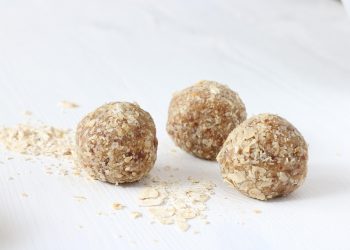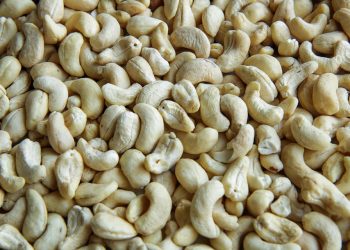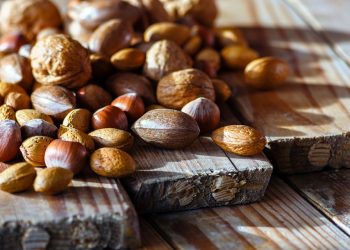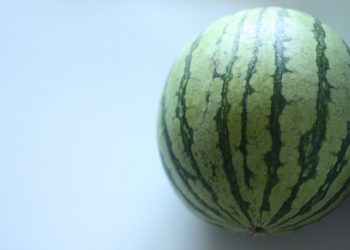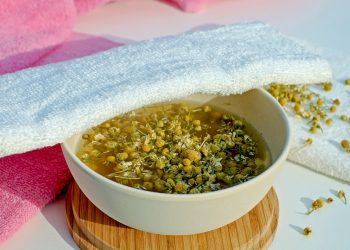Low-glycemic foods are your ticket to a healthier lifestyle. But what does that really mean? In simple terms, these are foods that have a minimal impact on your blood sugar levels. They release energy slowly and steadily, keeping you feeling full, focused, and energized throughout the day.
Why should you care about low-glycemic foods? Because they can help you manage your weight, reduce the risk of chronic diseases, and even improve your mood. You deserve to feel your best, and what you eat plays a crucial role in that. Let’s dive into ten low-glycemic foods that should be front and center on your plate.
Contents
- 1. Quinoa: The Protein Powerhouse
- 2. Sweet Potatoes: Nature’s Candy
- 3. Lentils: The Unsung Hero
- 4. Berries: Nature’s Sweet Treat
- 5. Greek Yogurt: Creamy Goodness
- 6. Nuts and Seeds: Nutrient-Dense Snacks
- 7. Leafy Greens: The Ultimate Superfood
- 8. Barley: The Heart-Healthy Grain
- 9. Chickpeas: The Versatile Legume
- 10. Avocado: The Creamy Delight
- Making Low-Glycemic Foods Work for You
- Bottom Line
1. Quinoa: The Protein Powerhouse
Quinoa is more than a trendy grain. It’s a complete protein, meaning it contains all nine essential amino acids. This nutrient-dense food is not only low on the glycemic index but also packed with fiber, which helps in digestion and keeps you feeling full longer.
Benefits of Quinoa:
- High in protein and fiber
- Gluten-free
- Versatile for salads, bowls, or as a side dish
2. Sweet Potatoes: Nature’s Candy
Sweet potatoes are a fabulous alternative to regular potatoes. With their vibrant orange flesh, they’re not just pretty to look at; they’re also low-glycemic. Rich in vitamins A and C, sweet potatoes support immune function and skin health.
Why Choose Sweet Potatoes?
- Loaded with antioxidants
- Natural sweetness satisfies cravings
- Easy to prepare—bake, mash, or roast
3. Lentils: The Unsung Hero
Lentils are a powerhouse of nutrition and a staple in many cultures. They’re low-glycemic and packed with protein, making them an excellent choice for vegetarians and meat-eaters alike.
Lentil Advantages:
- High in fiber, aiding in digestion
- Supports heart health
- Versatile in soups, salads, or as a side
4. Berries: Nature’s Sweet Treat
Berries are not just delicious; they’re also low on the glycemic index. Strawberries, blueberries, and raspberries are bursting with antioxidants that fight inflammation and promote overall health.
Why Berries Matter:
- Low in calories, high in nutrients
- Excellent source of vitamin C
- Perfect as a snack or added to yogurt and oatmeal
5. Greek Yogurt: Creamy Goodness
Greek yogurt packs a protein punch and has a lower glycemic index than traditional yogurt. It’s not only satisfying but also beneficial for gut health due to its probiotics.
Benefits of Greek Yogurt:
- High in protein for muscle maintenance
- Probiotics improve digestion
- Great for smoothies, dips, or on its own
6. Nuts and Seeds: Nutrient-Dense Snacks
Nuts and seeds are low-glycemic foods that provide healthy fats, fiber, and protein. Almonds, walnuts, chia seeds, and flaxseeds are great options. They keep you full and help stabilize blood sugar levels.
Why Include Nuts and Seeds?
- Heart-healthy fats
- High in antioxidants
- Convenient for on-the-go snacking
7. Leafy Greens: The Ultimate Superfood
Leafy greens like spinach, kale, and Swiss chard are incredibly low in calories and glycemic index. They’re nutrient-dense, providing vitamins, minerals, and fiber without the carbs.
Leafy Greens Benefits:
- High in vitamins A, C, and K
- Excellent for weight management
- Easy to incorporate into salads, smoothies, or stir-fries
8. Barley: The Heart-Healthy Grain
Barley is a whole grain that is often overlooked. It’s low on the glycemic index and packed with soluble fiber, which can help lower cholesterol levels.
Why Choose Barley?
- Supports heart health
- Versatile in soups, stews, or salads
- High in fiber, keeping you full longer
9. Chickpeas: The Versatile Legume
Chickpeas are not only low-glycemic but also incredibly versatile. You can toss them in salads, blend them into hummus, or roast them for a crunchy snack.
Chickpea Perks:
- High in protein and fiber
- Good for heart health
- Affordable and easy to cook
10. Avocado: The Creamy Delight
Avocados are a unique fruit that’s low in carbs and high in healthy fats. They’re creamy, delicious, and can be added to everything from salads to smoothies.
Benefits of Avocado:
- Heart-healthy monounsaturated fats
- Packed with fiber
- Satisfies cravings for rich flavors
Making Low-Glycemic Foods Work for You
Incorporating low-glycemic foods into your diet doesn’t have to be complicated. Start with small changes. Swap out your white rice for quinoa. Add berries to your breakfast. Enjoy a handful of nuts as a mid-afternoon snack.
Tips for Success:
- Plan Your Meals: Prepare your meals in advance to ensure you have low-glycemic options readily available.
- Read Labels: Be mindful of hidden sugars in packaged foods.
- Balance Your Plate: Pair low-glycemic foods with lean proteins and healthy fats for a well-rounded meal.
Bottom Line
Eating low-glycemic foods can dramatically improve your energy levels, mood, and overall health. You have the power to make choices that nourish your body and mind.
So, what are you waiting for? Take action today. Fill your plate with these ten low-glycemic foods and embrace a lifestyle that supports your best self.
FAQ
What are low-glycemic foods?
Low-glycemic foods are those that have a minimal impact on blood sugar levels, releasing energy slowly and steadily.
Why should I eat low-glycemic foods?
These foods can help with weight management, reduce the risk of chronic diseases, and improve overall well-being.
Can I lose weight by eating low-glycemic foods?
Yes! Low-glycemic foods can help regulate appetite and blood sugar levels, making it easier to lose weight.
How do I know if a food is low-glycemic?
Look for foods with a glycemic index score of 55 or less. Research and resources like the Glycemic Index Foundation can help.
By embracing these low-glycemic foods, you’re not just making a choice for your dinner plate; you’re investing in your health and happiness. So, get cooking!
Get Your FREE Natural Health Guide!
Subscribe now and receive our exclusive ebook packed with natural health tips, practical wellness advice, and easy lifestyle changes — delivered straight to your inbox.




